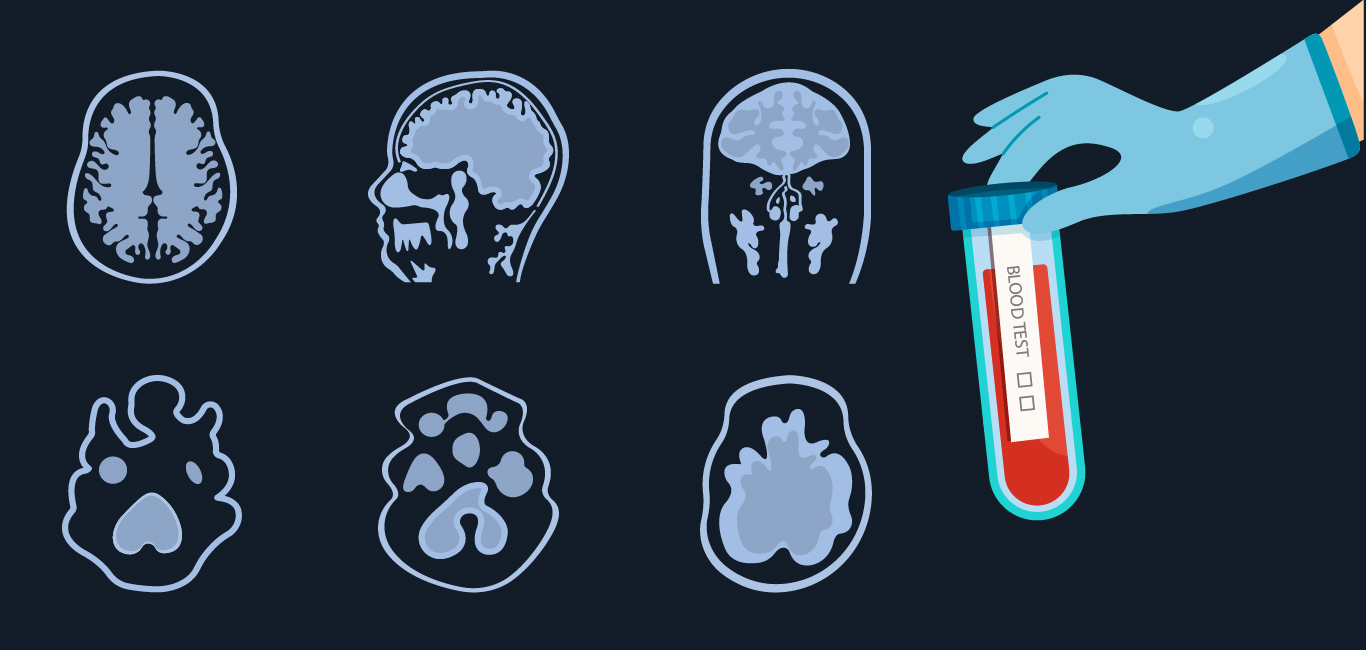
New research from the University of Bristol pairing experimental data with computer-simulated mathematical models, hints at possible early detection of glioblastomas (GBMs).
Glioblastomas (GBMs) are one of the most common and lethal of all brain cancers, affecting Glial cells that regulate the transmission of messages throughout the brain. GBMs form in the star shaped cells called astrocytes. Early detection improves the prognosis, as the number of Glial cells outnumbers neurons in the brain, and the tumour grows rapidly, at a rate of 1.4% per day.
This study is part of a wider University of Bristol-led project in partnership with Cancer Research UK (CRUK). The £500,000 grant aims at developing an affordable point-of-care blood test for diagnosing brain tumours. The CRUK project combines fluorescent nanoparticle development, biomarker discovery, and new testing methods with computer modelling to quickly find brain cancers, the biggest cancer killer for those under 40, reducing life expectancy more than other kinds of cancer.
Glial fibrillary acidic protein (GFAP) is one of the main intermediate filament proteins in mature astrocytes. It is also used as a biomarker for detecting glioblastomas. By using the mathematical models devised for the study, it was found that lowering the threshold for the biomarker Glial Fibrillary Acidic Protein (GFAP), could lead to accurate, faster diagnosis and therefore quicker therapeutic intervention for GBMs.
As part of the study, 449 patients at Leeds Teaching Hospitals, NHS Trust fighting glioblastoma were enrolled. The model predicted that the currently proposed GFAP threshold of 0.12 nanogram per milliliter might not be suitable for early detection of GBMs, suggesting lower thresholds be used for efficient results.
“Our findings provide the basis for further clinical data on the impact of lowering the current detection threshold for the known biomarker, GFAP, to allow earlier detection of GBMs using blood tests,” said Dr Johanna Blee, Lead Author, and Research Associate at the University of Bristol’s Department of Engineering and Mathematics.
“The mathematical models developed could be used to examine and compare new biomarkers and tests for brain tumours as they emerge,” she shared. “The end goal is to develop a simple blood test for brain tumours, enabling earlier and more detailed diagnoses.”
There is already much research into finding ways to diagnose brain cancers using blood tests. A 2019 study showed how small extracellular vesicles (sEVs) can be valuable biomarkers for GBMs. As tumour sEVs are easily accessible in biofluids, they could potentially be identified through blood tests.
An earlier study from 2018 showed that 70% of the people suffering from Diffuse Midline Gliomas have a mutation in their H3 genome which is responsible for encoding the histone protein. A simple blood test was devised which detects the mutation in 85% of people whose tumours carry it. Since diffuse Midline Gliomas are often confused with glioblastomas, identifying these accurately from the initial diagnosis itself can make a world of difference for the patient’s prognosis.

















